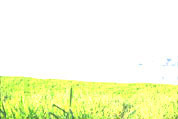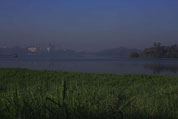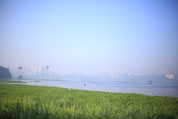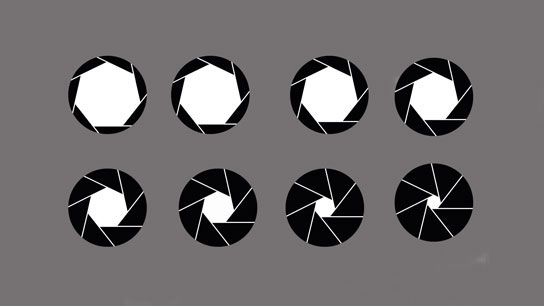
Picture A

Picture b

Picture c
• Picture A is too bright and is called an overexposed picture.
• Picture B is too dark and is called an underexposed picture.
• Picture C is neither too bright nor too dark and is normally exposed.
In this chapter we are trying to achieve a normally exposed picture by controlling the aperture, shutter speed and ISO.
You may have noticed that when you enter a dark cinema hall, at first it is unable to see anything around and slowly surroundings become visible.
When the intensity of the light falling on the eye increases, the diameter of the pupil is reduced and when the intensity is reduced the diameter of the pupil increases. This is a natural mechanism of the eye to control the light falling on the retina. In a similar fashion the light falling on the image capturing sensor can be controlled in a camera by a comparable mechanism called aperture.
When we increase the diameter of the aperture more light falls on the sensor and when we reduce the aperture lesser light falls on the sensor.
Opening of the aperture is represented by F-number or F-stop number.
Following are the F-stop numbers.
f/1, f/1.4, f/2, f/2.8, f/4, f/5.6, f/8, f/11, f/16, f/22, f/32, f/45, f/64, f/90, f/128


